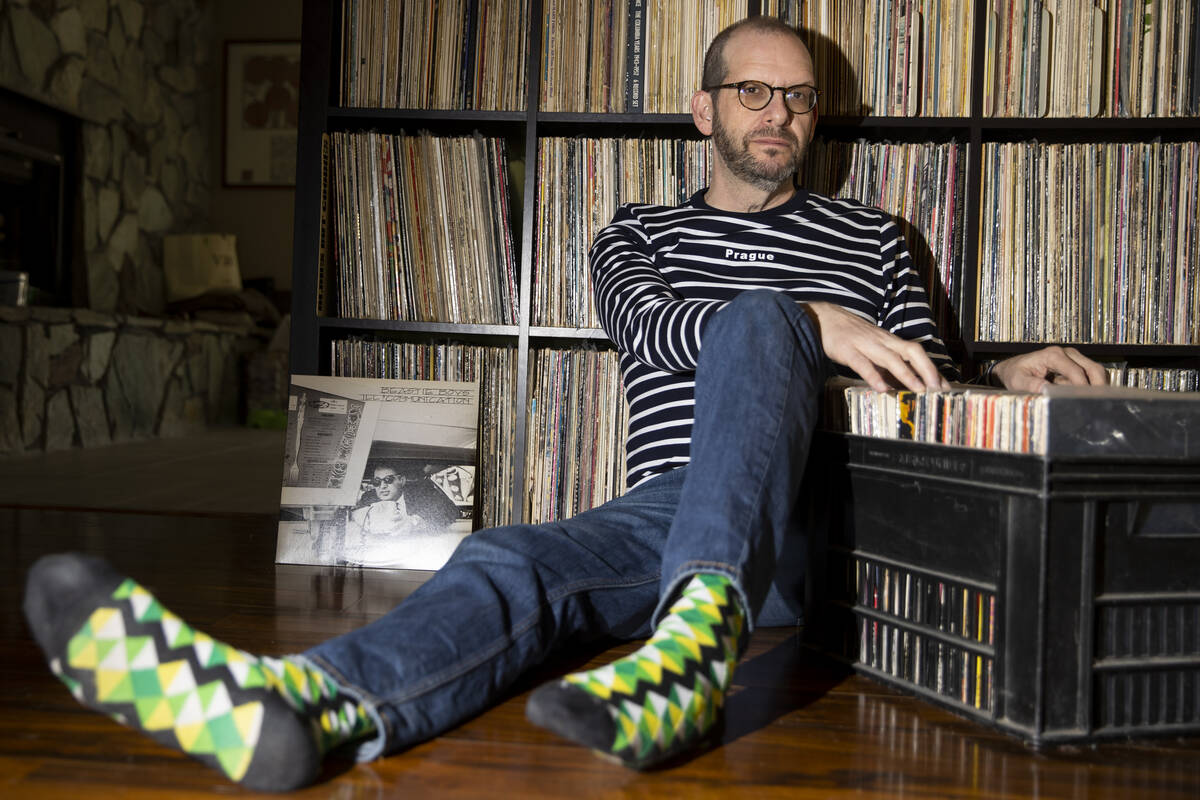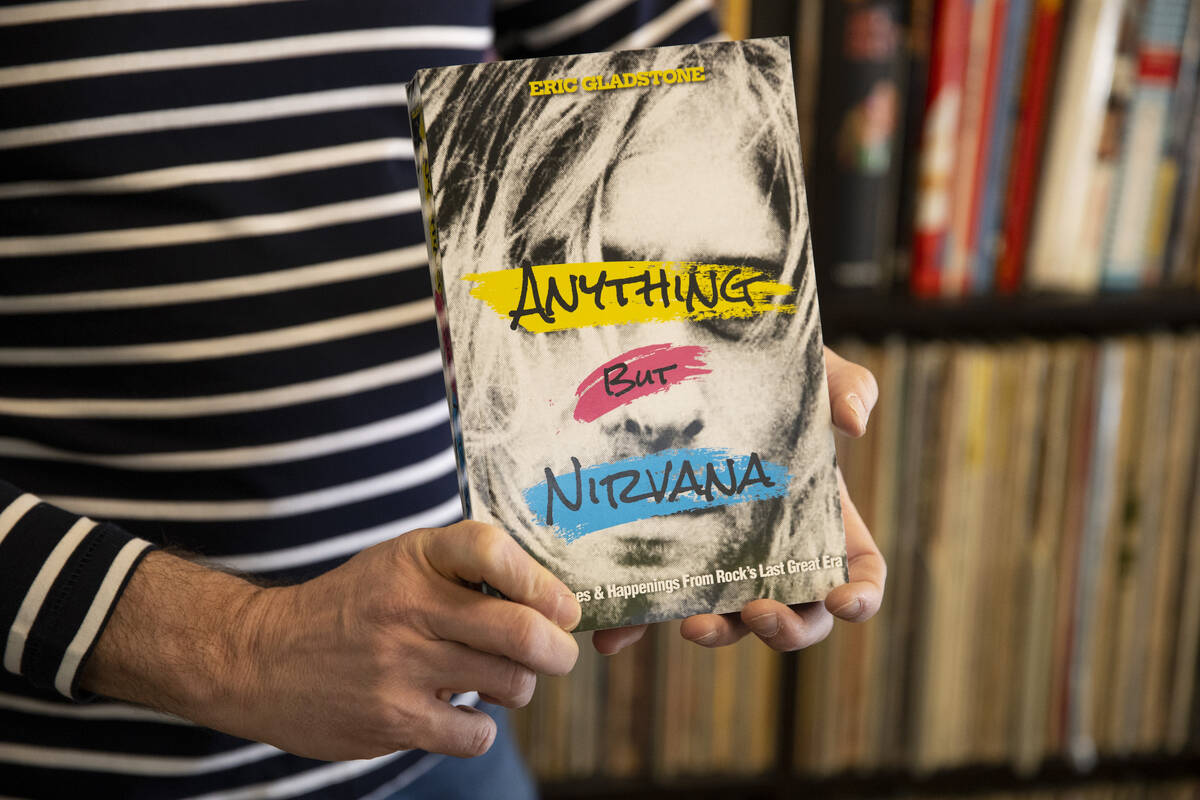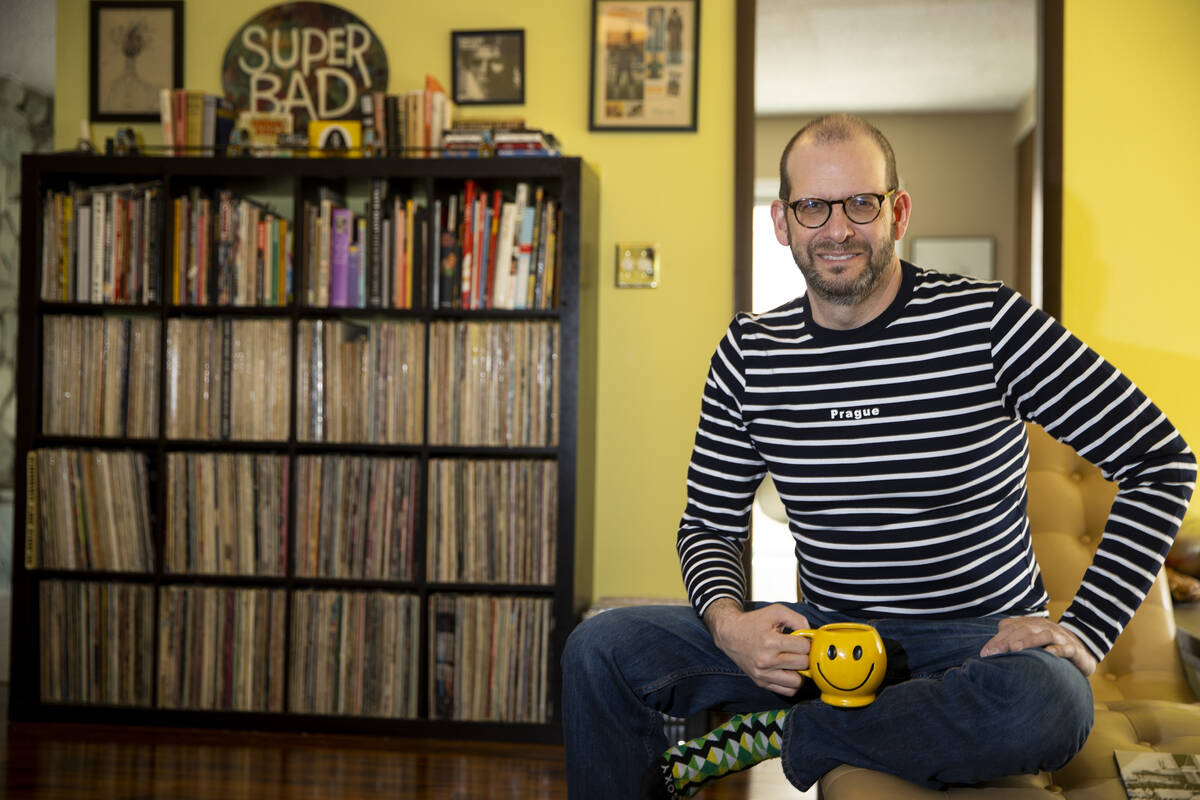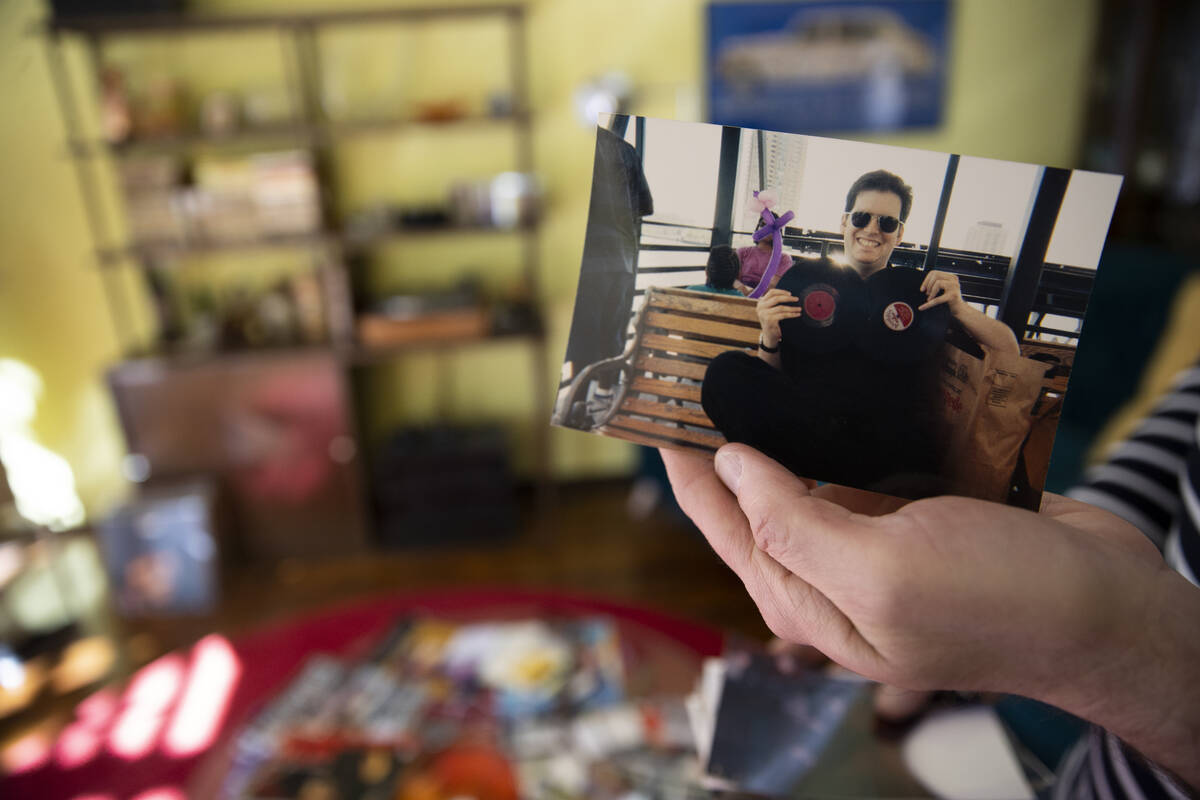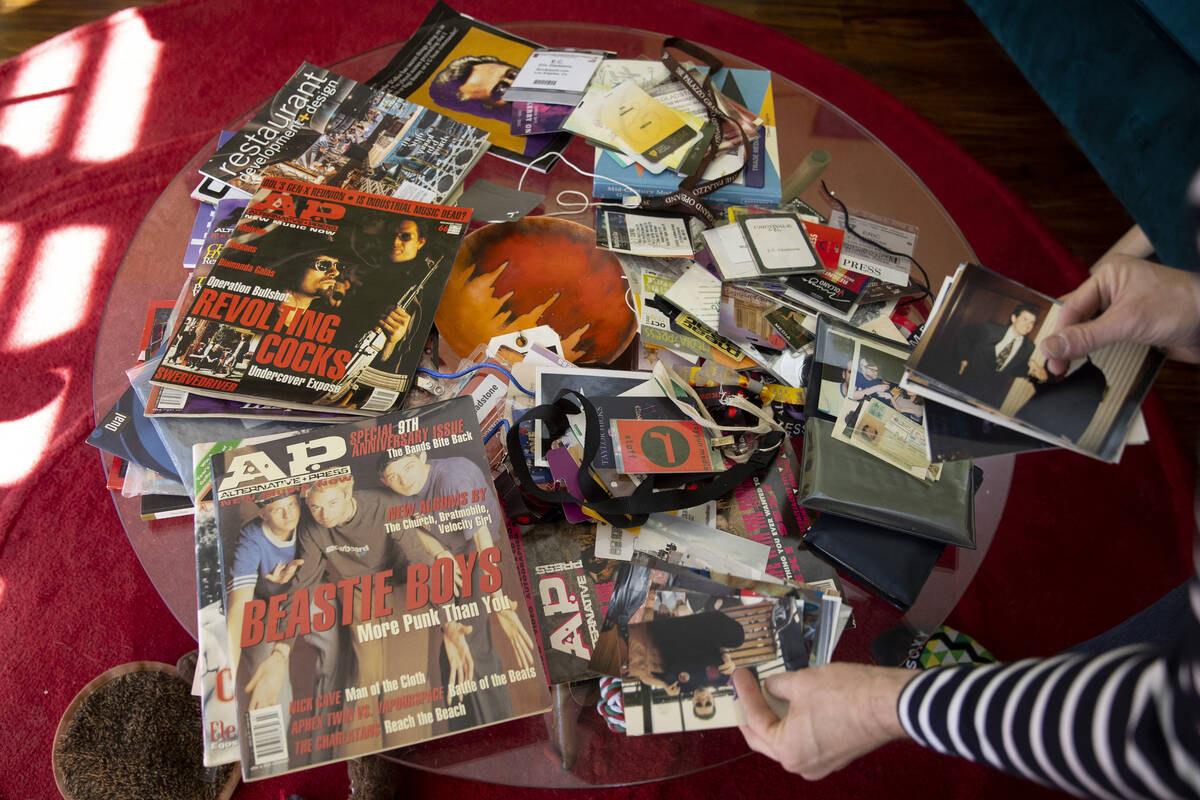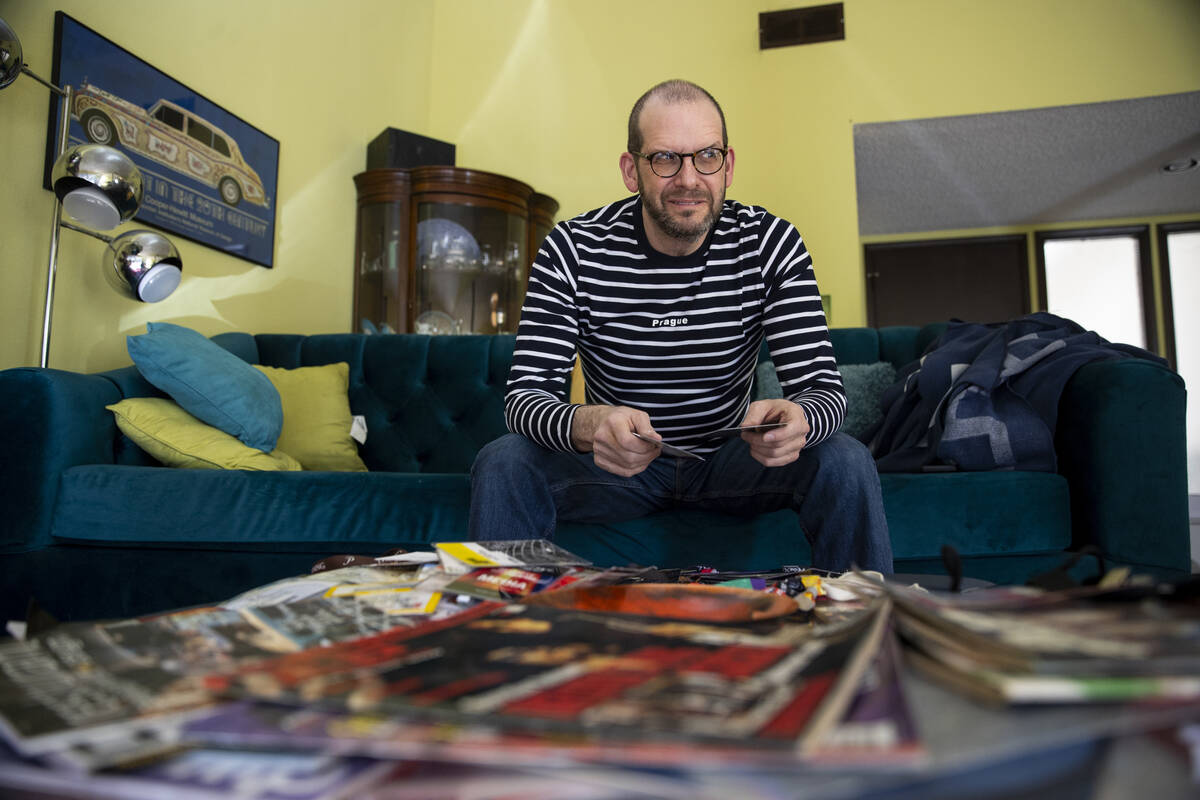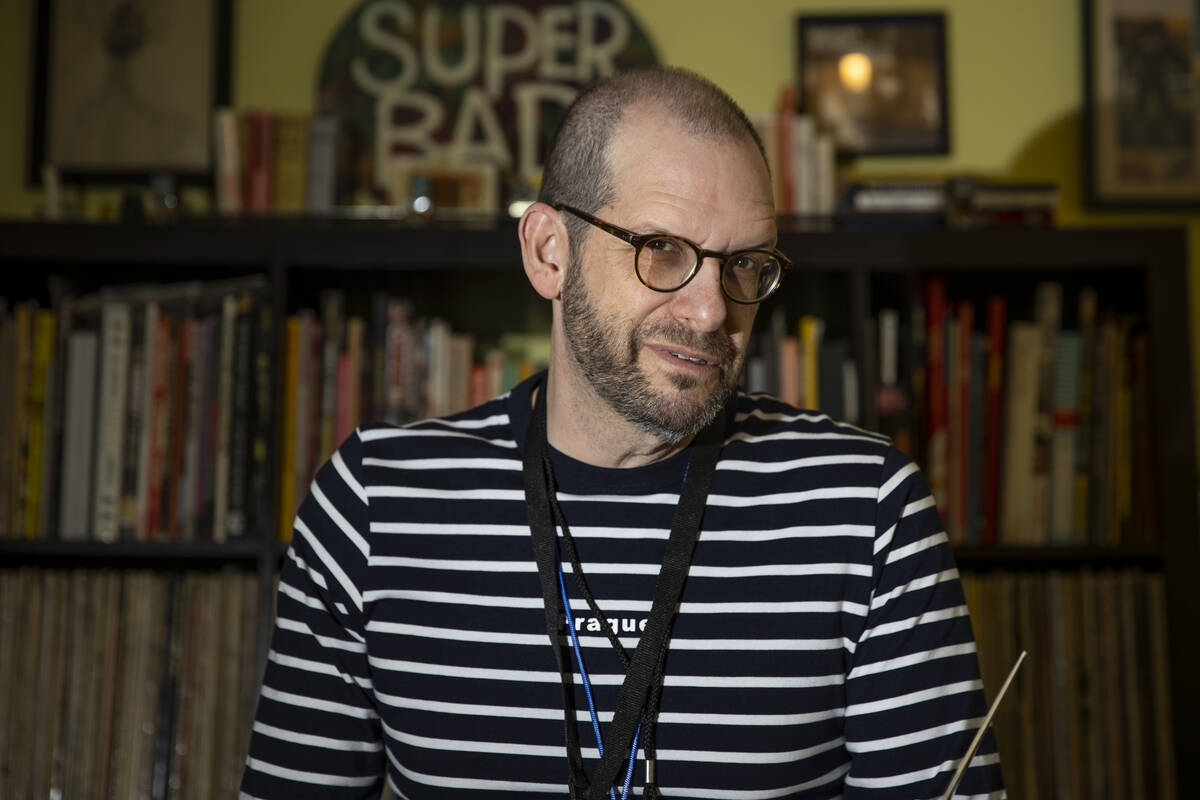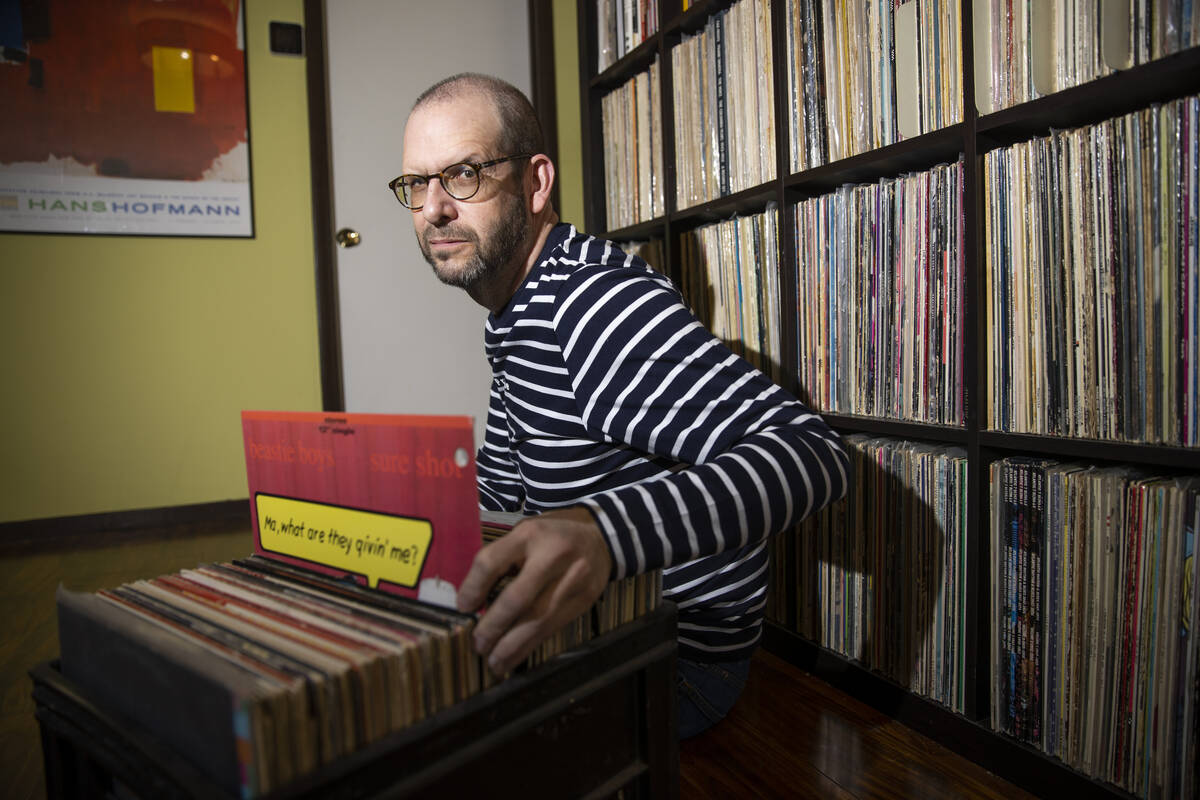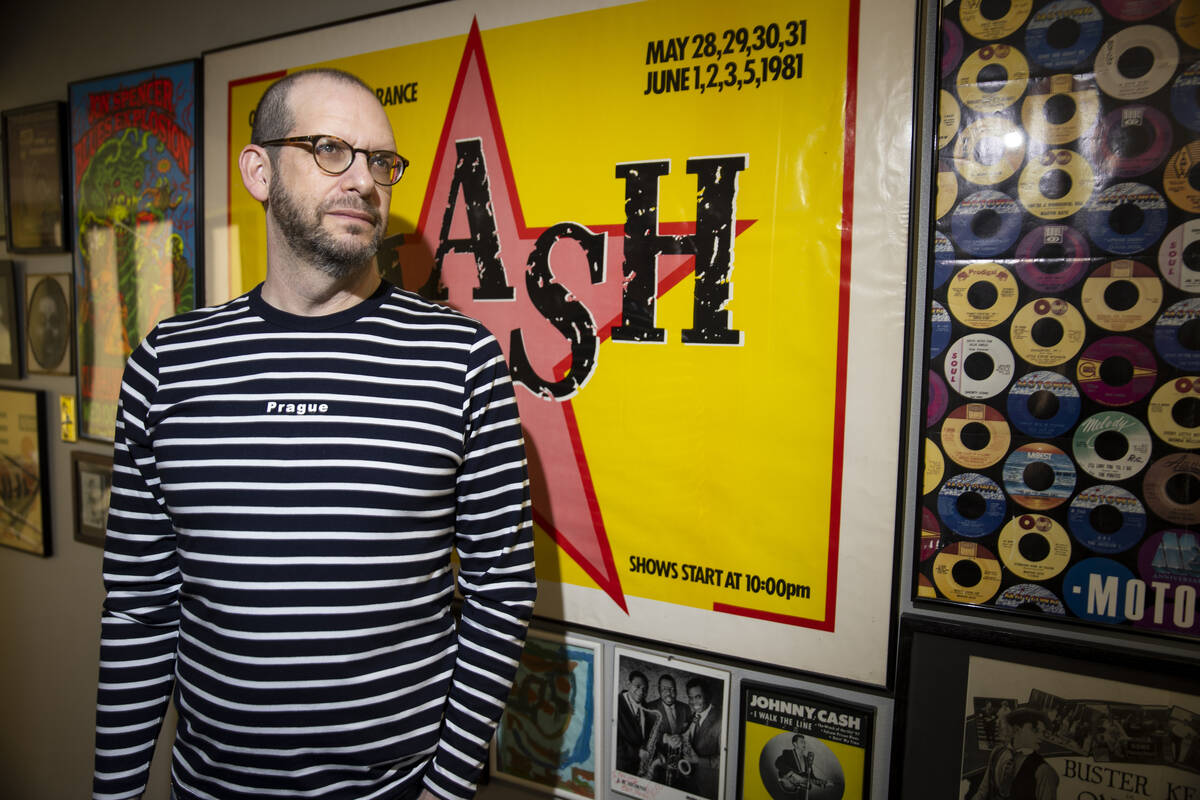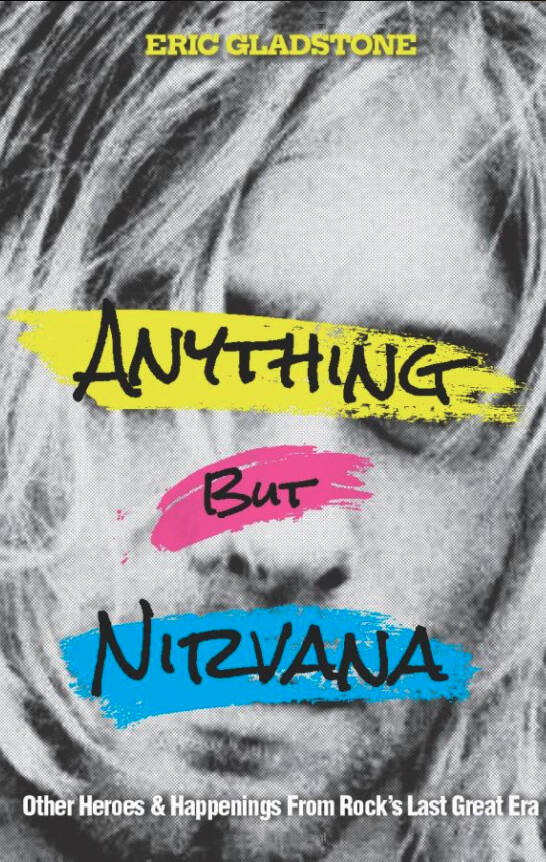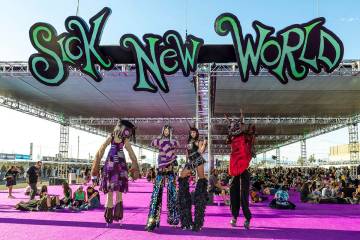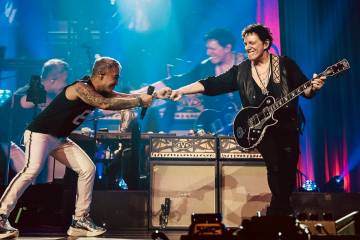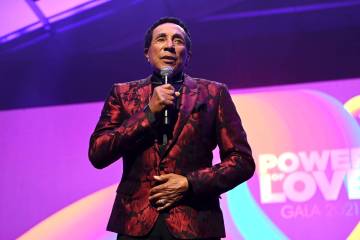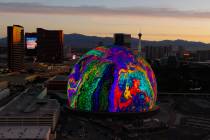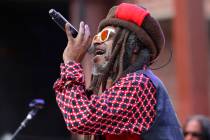Smashing Pumpkins, becoming Beck: Local author chronicles ’90s alt-rock boom
He turns the corner and strolls into a mid-’80s Rutgers University dorm room, his hallway morphing into a punk rock wormhole on a Tuesday afternoon.
Eric Gladstone’s eyeing a large, star-adorned, red-and-yellow show poster mounted on a wall in his East-side home.
It’s for The Clash’s storied run of 17 concerts at New York City’s Bonds International Casino in May and June 1981, back when the pioneering punk progenitors had yet to become fixtures on MTV. Gladstone was there.
“I was 16,” he recalls of attending one of those gigs. “I was a huge fan, and then they had a big hit with ‘Rock the Casbah’ and all these jocks — as we called them back then — got with The Clash.
“I remember this jock stopping by freshman dorm room and saying, ‘Hey, you like the Clash?’ ” he continues, his grin prefacing a punchline. “And I literally turned to him and said, ‘I used to.’ ”
Gladstone’s not sharing this anecdote to boast about witnessing one of the most legendary clutch of shows in punk rock history. Instead, he’s illustrating a tension that often results — or used to, any way — when a band incubated in the underground bubbles up and finds favor with the masses. Suddenly, millions want to hear them — but are they really hearing them, hearing what they have to say?
This tension throbbed at the heart of the alt-rock boom of the ’90s, a heady time for heady music, when scads of left-of-center bands got their seat at the major label table, where Nirvana famously dethroned Michael Jackson from the top of the charts and grunge landed on the cover of “Time” magazine. Now, thanks in part to things like Chuck Klosterman’s widely reviewed new history, “The Nineties: A Book,” people are revisiting that era.
“I think that’s when it got complicated in the ’90s, when people had conflicting feelings about stuff becoming popular,” says Gladstone, who was a young yet well-traveled music journalist back then, writing for such of-the-moment publications as Alternative Press, Raygun and Spin. “It gets difficult when you realize, ‘Well, all these people who like them, they’re not getting the message that they should be getting.’ That’s the most conflicting story of all.”
It’s a story that Gladstone’s told many times. Hence “Anything But Nirvana,” a collection of nearly 40 of his articles originally written in the ’90s, some further fleshed out with added material from his original transcripts.
Across its 500 pages, Gladstone hangs with the Red Hot Chili Peppers at L.A.’s famous Chateau Marmot, endures Henry Rollins threatening to break his neck backstage at England’s massive Reading Festival, finds a way to become the only journalist to cover the Foo Fighters’ very first show in Washington, D.C., in 1995, where reporters were prohibited, and a whole lot more.
Now immersed in the local food word with his own marketing/PR firm, The Feast of Friends, Gladstone put together this book to both preserve all these disparate narratives that congeal into the tale of ’90s alt-rock — many of which are not available online — and also encourage others to do the same.
“The ’60s and ’70s were super good at compiling their stuff and saying, ‘This is important,’” he says. “Hence, that’s why we look at the ’60s and ’70s as this golden era. Well, the ’80s and ’90s had plenty of great music, too.’”
About that …
R-J: In the subhead of the book, you call the ’90s, “rock’s last great era.” Why do you think that decade qualifies as such?
Gladstone: The technical reason is that Napster came in and changed the form of how music is distributed — and if you really want to break it down — I think that’s really what broke apart how music works. There’s still a lot of really good music being produced, but the way it gets disseminated is so different now. Artists don’t get followings in the same way. We relate to bands differently. Up through the ’90s, you found out about a band through media, because you had to, and what were you going to find out? They were going to talk about their life and how they look at things and what their songs are about. We don’t get that any more.
Authenticity was so important, but it was a weird balancing act. You signed to a major label, but then you couldn’t really acknowledge that you wanted to be a star, even though you were specifically in an outlet designed to make you a star. One of your articles is on The Smashing Pumpkins, who were really kind of caught in the cross-hairs of that.
They were obsessed with this idea of being told what was cool and uncool, and they were obsessed with, in a way, of breaking down this idea of alternative versus mainstream — which, in retrospect, more power to them. To a certain extent, I admire the fact that they were like, ‘These are ridiculous paradigms, can’t it just be good vs. bad music?’
To get back to the subtitle thing, there were a lot of great moments in the ’90s, musically. There was still a sense of cultural importance to music then that Nirvana was great at coalescing, but a lot of other bands were, as well. But at the same time, there was this real confusion about what authenticity is when you’re a rock band. Thin Lizzy never worried about that.
And I don’t think anybody even thinks to worry about that today. It’s impossible to sell out now.
The whole idea of selling out, which people were obsessed with in the ’90s, if you tried to explain that to anyone — and I’m not trying to be ageist at all — but if you tried to explain that to anyone under 40, I guess, they’d just look at you like, “What do you mean? It’s bad to commercialize what you’re doing? Isn’t that the whole point?”
Prior to the alternative explosion, it felt like there was a pretty clear division between what was alternative and what was mainstream. Do you feel like the success of alternative music broke down that barrier? And maybe we don’t even really need these distinctions?
The bands in the ’80s that are considered these alternative legends were not distributed well enough for a lot of people out there in the world to hear — so they only got so big. This is why the Ramones took 20 years, or something like that, to get a gold record. The ’90s enabled people to see and hear this music.
I do think the ’90s forced people to realize that the way you’re making music and getting it out there is tied up with the actual music you’re making. No one really talked about that before the ’90s at all. You could have these people who have this super anti-authoritarian stance be on a complete major label and no one really brought it up. No one really even gave the Sex Pistols a super hard time about being on Warner Bros. I think that they thought, “Well, it’s just a big joke that they’re on Warner Bros. and we’re taking their money, ha-ha,” which is half-true, but half-(expletive), because they’re making money off you.
It’s Kurt Cobain wearing the “corporate magazines still suck” T-shirt on the cover of Rolling Stone.
You’re still on the cover of Rolling Stone. Kudos to you, but at the same time, you’re trying to walk both sides of the line, and that’s the way the ’90s were. And the fact that we had to spend an awful lot of energy talking about that aspect of it, I mean, in some ways it was good, but it’s funny to think of how much energy we put into that versus talking about the actual music.
Let’s get into the Pumpkins story. That’s probably the one that had the most reverberations at the time (spring of 1993, when the group was making its breakout sophomore record “Siamese Dream”) It was a look into the power dynamics of a band that you rarely see. And then, of course, you got a lipstick attack because of it.
That was somewhat surprising. I was really excited about the Smashing Pumpkins at the time. They flew me to Chicago; I hung out in (frontman Billy Corgan’s) house. They were guarded at first. They were sort of looking side-eyed at each other and deciding what they were going to talk about and feeling uncomfortable. Then the rest of the band would leave and Billy would be like, “Well, let me tell you what this is about.”
I became his sort of therapist in a weird way, which I wasn’t planning on being. He and I bonded on some levels — and we didn’t on others. And then we got to L.A. for the second part of it. I was in the studio as they were mixing the record; they had their hair down. They would let me see everything in L.A., and they talked to me honestly. I just saw what I saw and reported it.
After the story ran, Gladstone went to see the Pumpkins at a show in Washington, D.C., where he was living at the time. Upon finishing soundcheck, bassist D’Arcy Wretzsky went after him, smearing his face with lipstick, upset that she was portrayed in the story as being less invested than some of her bandmates in completing the record.
The reason she attacked me is because I used, as an example, her spending, like, 20 minutes putting on her lipstick, but not a minute in the mixing room. I had no idea it was going to happen — no one did until she went and did it. I had a cold, I was on cold medicine, so I was spacey. I’m literally sitting there out of my mind, figuring, “Alright, fine, just do it, we’ll get it over with.” What was I going to do, run away? From lipstick? Do your thing and we’ll get over it. But she didn’t get over it.
You were also there during the making of Beck’s “Odelay,” another really seminal album.
That was a story of discovery in a lot of ways, but then to see what he was doing and to see that progression from what he had done before — the music just sounded like nothing else at that time. You could hear the influences. It’s like when you have an amazing meal and it’s like, “I’m familiar with what this recipe, and I can tell what you’ve put in this dish, but this is like nothing I’ve ever had.” That’s what it felt like when we were in the studio with him. And he’s so unassuming that you never think, “This guy’s a genius.” He’s not like, “Hey, watch this.” He was very low-key about stuff, had a very subtle sense of humor that a lot of people didn’t get. That was a really special experience.
What did you take away from the experience of revisiting these stories after all these years?
Certainly, I chose stories that I thought were good writing and would resonate and be entertaining. Hopefully, it also sheds some light on an era. History’s a weird thing, right? History depends on people having a good perspective, and that’s why history evolves all the time. That’s why we’re dealing with the drama of “The 1619 Project” and what they’re calling Critical Race Theory, because some people don’t want to accept the idea that what history is evolves with our understanding of the times. Hopefully, this contributes to history in some way, in terms of seeing an era with some level of honesty.
Contact Jason Bracelin at jbracelin@reviewjournal.com or 702-383-0476. Follow @jbracelin76 on Instagram.



